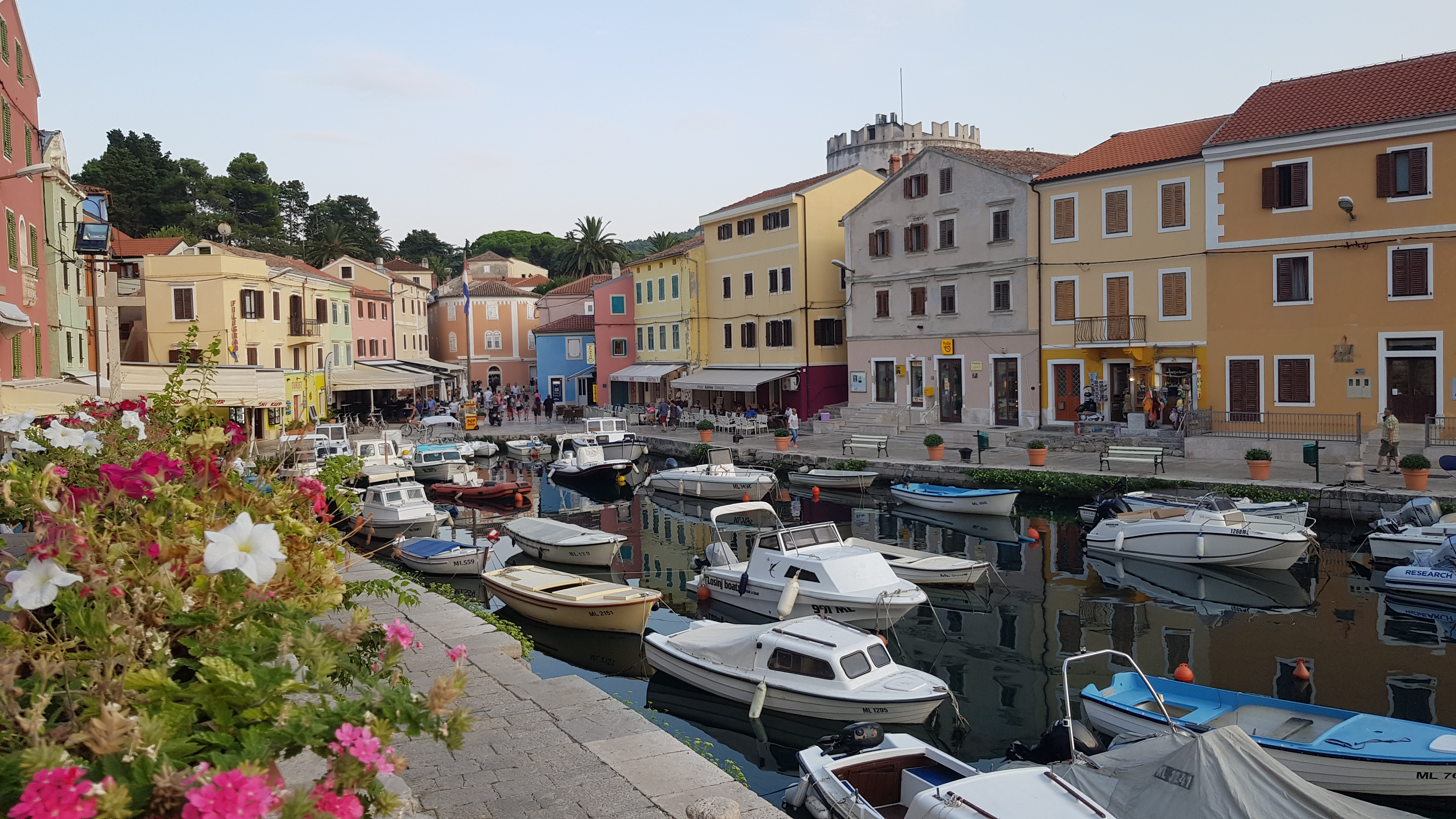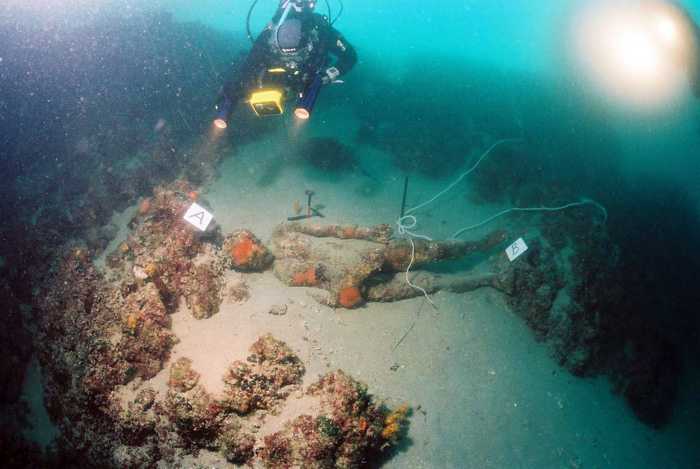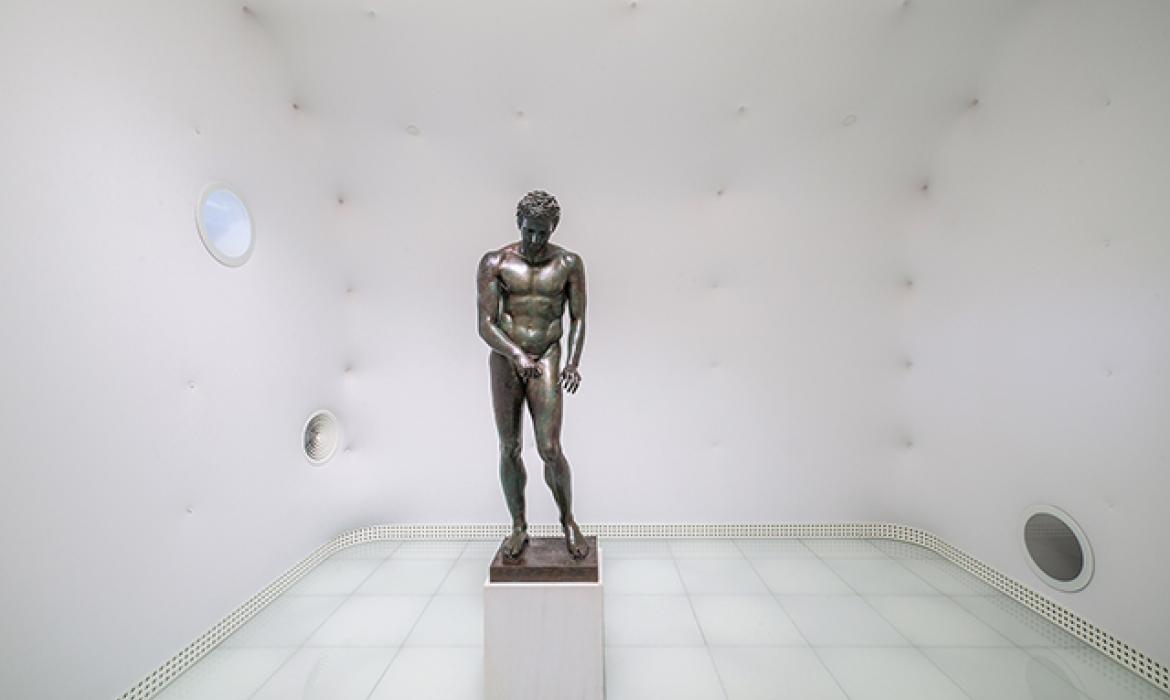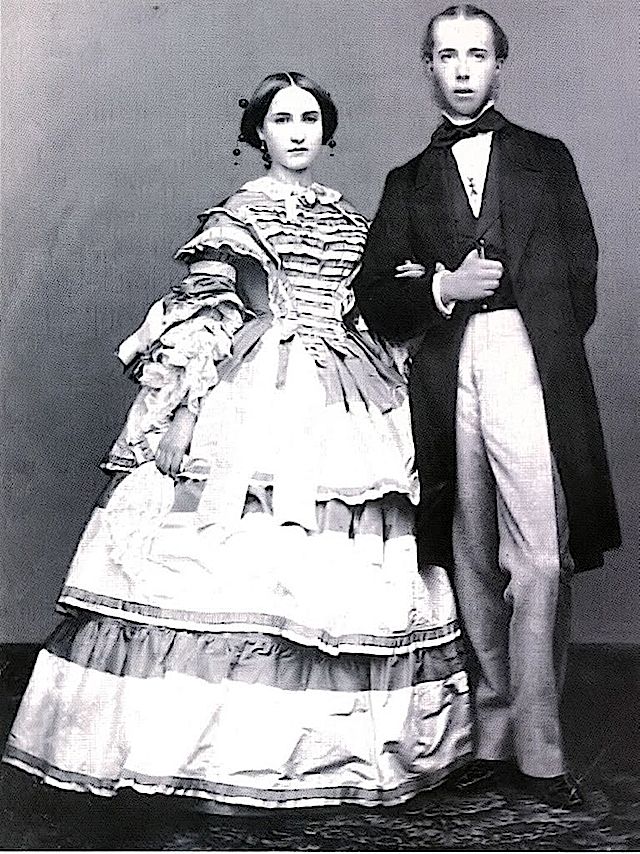It’s not easy to get to Mali Lošinj. If you decide to fly from Belgrade to Rijeka, your ATR will land at the airport on the island of Krk an hour and a half after departure.

To reach Mali Lošinj, you need to pass Krk, then take the Valbinska – Merag ferry to Cres, which is a 15-minute journey. After driving for one hour around Cres, you will come to a bridge in Osor, which connects the island with the neighbouring Lošinj. The bridge is only ten meters long and is mobile, or rather it rotates. It opens twice a day so that sailboats and tall boats can pass, so make sure you avoid the time when this happens, which is at 9 a.m. and 5 in the afternoon. Another, simpler way to reach Lošinj is by a catamaran from Zadar or Pula, which sails three times a week and stops in Mali Lošinj. But it will be difficult to match the time of the catamaran’s departure to the flights from Belgrade to Zadar and Pula, which run the same several times a week. There is also a small airport near Mali Lošinj for small planes that can take up 17 passengers which services only three destinations – Zagreb, Lugano and Venice.
Whichever travelling mode you pick to finally arrive in Mali Lošinj, you should definitely book a hotel room or a villa in the Čikat Bay. You will have a feeling that you have arrived in paradise.
Tourism in Mali Lošinj has a long history. The first guest was officially registered here on January 21st, 1885, and the first hotel on the island – the Vindobona – was opened two years later.
Thanks to a local botanist and scientist, Ambroz Haračić, who presented his findings on the beneficial effects of the local climate on lung diseases and allergies in Vienna, in 1892, the Austro-Hungarian authorities decided to declare Mali Lošinj an “air spa”. Summer tourism flourished 12 years later when villas and hotels began to be built in the Čikat Bay, along with a 17-kilometre long pedestrian and bicycle path. Today, you can get from the Čikat Bay to Veli Lošinj on the other side of the island on foot or by bicycle by using a well-built concrete track that runs right along the coast, allowing you to dip in the sea wherever you want.
From the Bellevue Hotel, where we stayed, the lovely villas belonging to the Austro-Hungarian aristocracy from the beginning of the 20th century are lined up on the left and right side of the Čikat Bay.

The island was a part of the Venetian Republic until 1797. After the Republic was defeated by Napoleon and after the fall of the last Doge, Austria claimed the possession of the island. Mali Lošinj was under the Habsburg rule until 1918, when it was occupied by the Kingdom of Italy together with Istria and the surrounding islands. It was annexed to Yugoslavia and Croatia respectively only after the liberation of 1945, officially since 1947.
Mali Lošinj experienced its peak in 1868 when the town had as many as 11 shipyards where the famous Lošinj sailboats were built. The merchant fleet here was the strongest out of all the Adriatic fleets, including that of Venice, Rijeka and Trieste.
The invention of the steam engine led to the stagnation of the shipbuilding industry and the emergence of Peronospora, a grapevine disease, which caused additional population displacement.
As my bicycle jumps every single time it goes over the edges of the concrete slabs that make up the cycling path by the sea, I decide to continue in the direction of Veli Lošinj, which, although having the word “Veliki” (“Big”) in its name is actually smaller than Mali (Small) Lošinj. I intersect Mali Lošinj, climb the hill which features the church of Our Lady of Sorrows and descend the coast towards Veli Lošinj. After a half-hour drive, I see swimmers catching the last rays of the sun, some German women sunbathing topless, Italians noisily arguing with their children, and a little later, a place where passers-by, like in a pagan sanctuary, erected dozens of “towers” built of stones stacked on top of one another. I am amazed that no local drunks or hooligans have destroyed them as yet. Maybe there are no drunks or hooligans here.
I reach the cape where the hotel and the Punta restaurant are situated. I was struck by the view of Veli Lošinj in front of me, which is one of the most beautiful small towns in the Mediterranean. The great Saint Antun the Abbot Church from 1774 dominates the harbour brimming with small boats. This is all reminiscent of the towns that make up Cinque Terre in Italy.

I head down past the restaurants and pastry shops and secure my bicycle in front of the stairs leading to an impressive church that was also a cathedral in the early 19th century.
For a long time, the seamen from Veli Lošinj have been donating valuable items to the church. Captain Gašpar Kraljeta was one of the more generous donors, known in Venice, at the time, as a great lover of art and an avid collector. He donated to the parish church, among other things, the marble altar of St. John with the rococo sculpture of Our Lady of the Rosary, the work of G. Bonac from the late 17th century, as well as the particularly valuable painting of the Virgin Mary with the Saints by Bartolomeo Vivarini from 1475. Locals have been buried in and around the church for centuries. It has been estimated that about 20,000 people are buried there.
You can just about see the top of a medieval tower behind the roof of one of the houses in a small town square. It is a fortress from the 15th century, from the first decades of Venetian rule on the east coast of the Adriatic Sea. The tower protected the harbour for years and shielded the town from the attacks. It lost its defensive significance in the 19th century and is almost surrounded by houses around the square. Today, there is a museum here, in which I saw some pretty interesting things in addition to enjoying a great view of the harbour and the church from the top of the building. One of these interesting things is a photo of Ferdinand Maximilian Habsburg and his wife Carlota.
Archduke Ferdinand Maximilian, the younger brother of Emperor Francis Joseph, visited Veli Lošinj in 1856 as the commander-in-chief of the Austrian Navy, and laid the foundation for a breakwater at the entrance to the town. Eleven years later, in 1867, as a result of a bizarre and tragic set of circumstances, at the age of 34, he found himself in front of a firing squad as the Emperor of Mexico. He was killed and his murder was depicted by the famous French Impressionist Manet in several paintings. Ferdinand’s wife Carlota, the daughter of the King of Belgium, died 60 years later, in 1927. They built the famous Miramare Castle near Trieste, where she was informed of Maximilian’s death.

The tower also contains interesting photographs and graphics of sailboats built in the shipyards here, pictures of famous captains and sailors from Lošinj, as well as the piano belonging to the popular doctor, Ana Jakša (age 96), born in Osijek, who temporarily had worked as a doctor and later as the director of the Children’s Hospital in Lošinj, from 1925 until her death in 1988.
Another museum, the one located on the Mali Lošinj waterfront, is certainly one of the best and most original themed museums in the world. It is a museum dedicated to one thing – the sculpture of Apoxyomenos from ancient Greece. In 1996, a Belgian tourist Rene Vouters discovered the statue near the island of Vele Orjule, resting on the sandy sea bottom between two rocks, at the depth of about 45 metres. The finding was reported to the Ministry of Culture of the Republic of Croatia only in 1998, and divers of the Special Police and experts from the Ministry of Culture and the Archaeological Museum in Zadar brought the statue to the surface on April 27, 1999. We somehow missed this news because we were preoccupied with some other major events at that time.
The museum comprises of several fantastic segments – the Black Room (which shows how the statue was discovered) and which temperature and interior are very much like the place where Apoxyomenos lay for two millennia, the Yellow Room (contains press clippings about the statue from the domestic and foreign print media), the Colorful Room (with a cinema surrounded with seafood-themed tapestry wherever you look which screens a half-hour long documentary film dedicated to the discovery of Apoxyomenos’ statue) and the Olive Passage which leads to the White Room.
There, under the watchful eye of a security guy, you can see the statue of Apoxyomenos, a Greek athlete who is wiping a layer of oil, dust and sweat off his body after exercising. This motif was very common in ancient Greece. The statue has been in the sea near Lošinj for over 2,000 years and has been exhibited in this special museum in Mali Lošinj since 2016. As the curator told me, this exhibition will be part of the Rijeka – European Capital of Culture 2020 programme.
Lošinj’s Apoxyomenos Museum is also the recipient of the EU’s Europa Nostra Award in 2006 for the preservation of cultural heritage.
I would warmly recommend to all architects, museologists and people working on preserving cultural heritage to come to the Apoxyomenos Museum and see for themselves how Idis Turato and Saša Randić have created an exciting setting by preserving the exterior of the Kvarner Palace from the 19th century and transforming the interior into a spectacular museum space.
Text by Robert Čoban